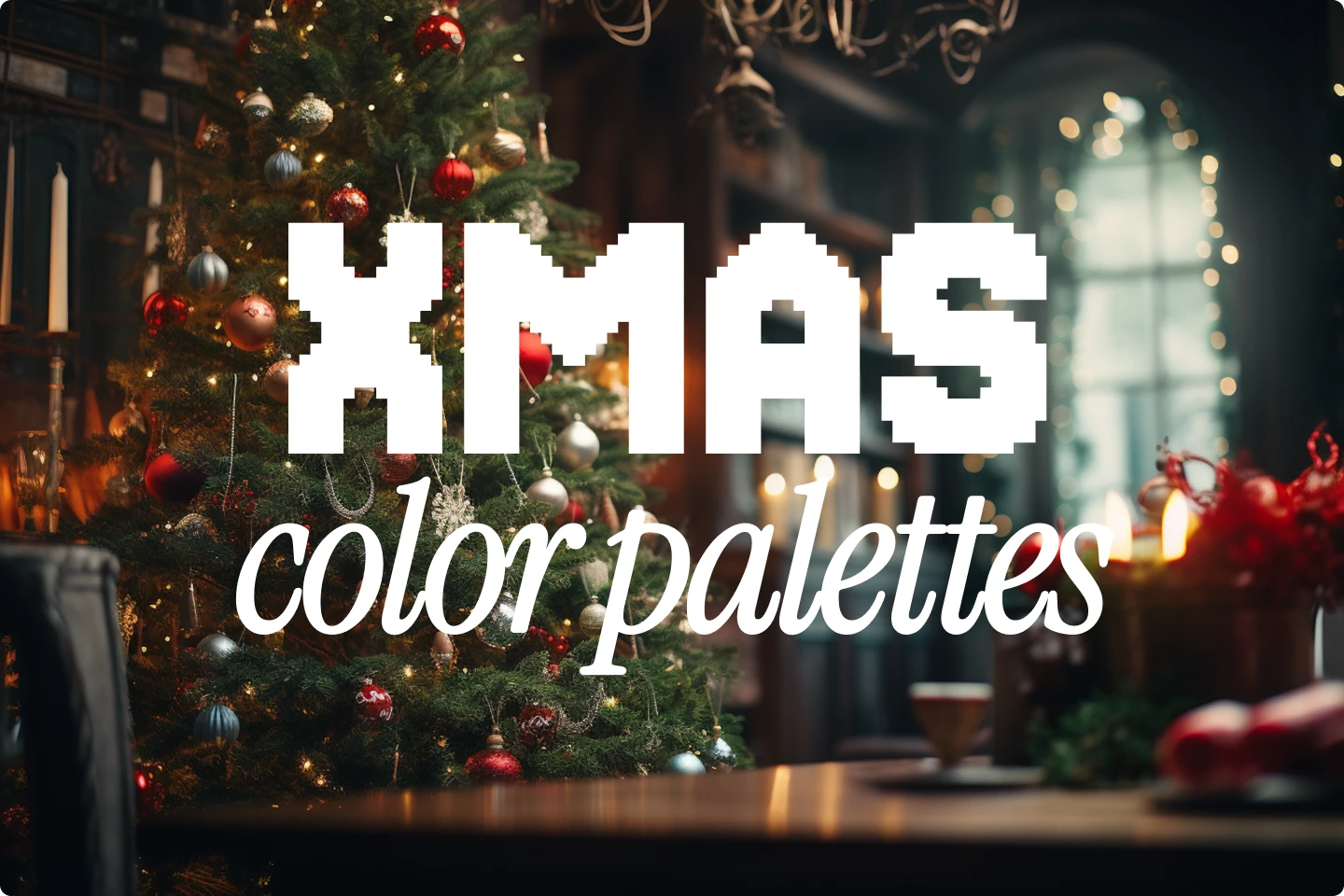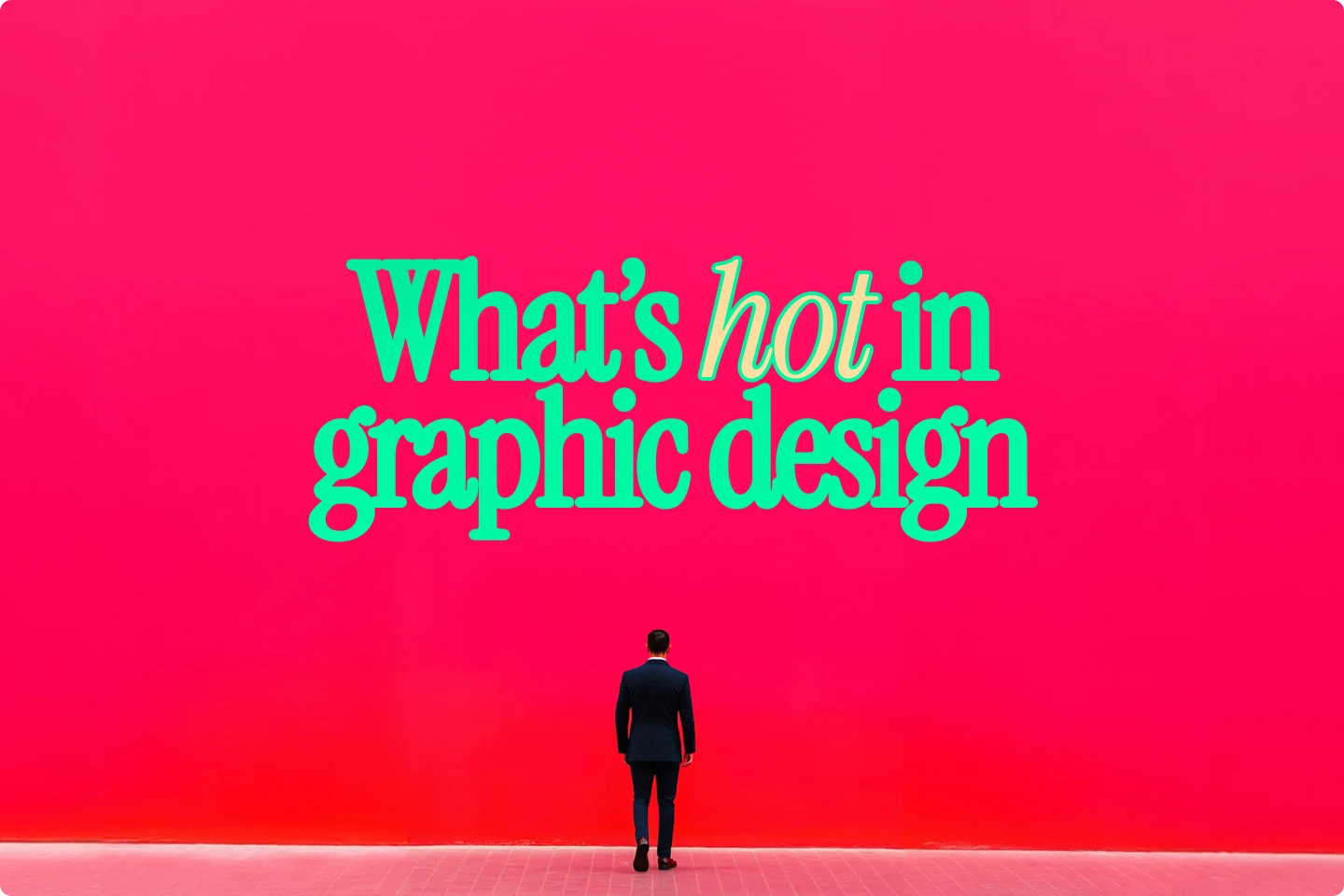What is editorial design? Bringing stories to life


A quick breakdown of what editorial design is, and why it can be the key to turning content into something unforgettable.
When you think of magazines, books, or even websites, the way text and visuals come together probably doesn’t cross your mind. But the art behind this process is crucial. Editorial design takes content and transforms it into an engaging experience. Whether it’s a magazine spread or a digital layout, the way things are arranged plays a huge role in how we interact with the story.
In this post, we’ll explore this field, the role of designers who specialize in it, and how their decisions shape the way content is consumed. Let’s dive into the world of layout design and explore the key elements that bring stories to life.
What does editorial design mean?
At its core, this type of design is all about crafting layouts for publications. It’s a space where text and design elements work together to enhance a story or communicate a message more effectively.
You’ll find these designs everywhere—from magazines, newspapers, books, digital platforms and all other types of publications.
One of the main principles behind this type of design is to use visual content to enhance the reader’s experience by combining high quality aesthetic elements with practical functionality.
What does an editorial designer do?
An editorial designer plays a key role in the content creation process. They’re the ones responsible for arranging text, images, and other elements in a way that feels seamless and intentional.
But it’s important to remember that designers need to understand the content deeply to present it in a way that resonates with readers.
These designers collaborate closely with editors and writers, structuring pages to maintain a clear visual hierarchy. This ensures readers know where to start, what to focus on, and how to navigate the content smoothly. Their decisions around typography, spacing, and the placement of images directly impact how easy the text is to follow and how visually engaging the piece becomes.
In both print and digital media, designers working in this field keep the reader's experience at the forefront. Their job is more than decoration—it’s storytelling through design.
Layout design vs. graphic design
While the two disciplines overlap, it’s important to understand the difference between editorial layout design and general graphic design. Designers in this niche specifically focus on organizing content for publications—whether printed or digital. Their work is about creating a structure that supports readability and engagement.
Graphic design, by contrast, covers a broader spectrum. It’s seen in branding, advertising, digital media, and beyond. While both require a keen sense of visual balance and creativity, layout-focused design emphasizes structure, flow, and clarity, particularly for long-form content like articles or books.
When creating layouts, the designer’s main concern is ensuring that readers can move through the content naturally, without feeling lost or overwhelmed. This requires a slightly different approach than more freeform graphic design, which often prioritizes creativity over structure.
The Importance of a well-crafted layout
One of the key components of this type of design is the layout itself. A well-crafted layout guides the reader’s eye through the page, making it easier to absorb the information.
For example, in a magazine, designers may highlight key quotes in a larger font or strategically place photos to break up long blocks of text. These choices are made to keep the reader engaged and prevent the content from feeling overwhelming. In the digital space, designers consider things like how content flows on a screen, how images complement the text, and how interactive elements like buttons fit into the overall design.
Breaking down the page layout
Each page in a publication has its own unique layout, though there are some common elements. Typically, these include:
- Headlines: Catch the reader’s attention and provide a quick snapshot of the page’s content.
- Body Text: The main content, often broken into manageable sections with subheadings for clarity.
- Images: Photos or illustrations that either support or enhance the written content.
- White Space: Empty areas that allow the design to breathe and prevent visual overload.
- Captions and Sidebars: Additional information presented without disrupting the main narrative.
Designers think carefully about how these pieces fit together. The aim is always to create a cohesive, easy-to-read page. White space, for example, plays an essential role in preventing layouts from feeling cluttered, which can overwhelm the reader and make it harder to focus on the content.
Layout design: balancing form and function
Creating the right balance between visuals and text is a key responsibility for designers. Their job isn’t just to place content on a page—it’s to organize it in a way that guides readers smoothly through the material.
Each publication type comes with its own balance. A fashion magazine, for example, will likely prioritize visuals, while a news publication will put text first. Regardless of the medium, the challenge is always the same: balancing aesthetics with function.
Designers use principles like contrast and alignment to create order within the layout. Bold headlines might create contrast with smaller body text, while alignment ensures that text and images are arranged in a way that looks clean and polished. These decisions aren’t arbitrary—they’re intentional choices made to improve readability and engagement.
Why does good editorial design matter?
Good editorial design can make or break how readers engage with content. A well-designed page captures attention, keeps readers interested, and helps them understand the material more easily. Conversely, a poorly designed layout can make even the most fascinating content feel dull or difficult to navigate.
In today’s world, where content is everywhere, strong design helps publications stand out. It doesn’t just support the story—it becomes part of the story, shaping the tone and personality of the material. Whether the design is sleek and modern for a high-fashion magazine or more traditional for a newspaper, it reinforces the identity of the brand or publication.
Specialty design: editorial posters and more
Beyond multi-page layouts, designers in this field also tackle specialty projects like editorial posters. Posters are often used to promote specific content, like a feature article or a special issue. While the same design principles apply, there’s usually more room to experiment with typography, color, and visuals since these are standalone pieces.
These posters are designed to grab attention. Bold headlines, eye-catching visuals, and a clear call to action are key components. The goal is to communicate a message effectively, but the designer has more freedom to play with the space and make a strong impact.
Final thoughts
Editorial design plays a crucial role in how we consume content. By balancing text and visuals, designers can bring stories to life and make even the most complex content accessible and engaging.
For new designers, learning the basics of layout design can open up a world of creative possibilities. Next time you flip through a magazine or browse an online publication, take a moment to notice how the design guides your experience and tells its own part of the story.
Creating powerful designs with conceptual illustrations


.webp)



